Exploring the Future of Aviation: How Kit Aircraft are Redefining DIY Flight for Enthusiasts
As the aviation industry continues to evolve, kit aircraft have emerged as a pivotal force in redefining the DIY flight experience for enthusiasts. According to the General Aviation Manufacturers Association (GAMA), the kit aircraft segment has seen a significant rise, contributing to nearly 15% of total general aviation flight hours in recent years. This surge signifies a growing interest among hobbyists who are not only eager to pilot their own aircraft but also to engage actively in the construction process, fostering a deeper connection to their craft. With advancements in technology and increasing accessibility of quality materials, the kit aircraft market is projected to expand further, potentially averaging an annual growth rate of 4% through 2026. This article explores the implications of this trend, highlighting the innovative designs and community-driven initiatives that are shaping the future of aviation for DIY enthusiasts.

The Rise of Kit Aircraft: A Statistical Overview of DIY Aviation Enthusiasts
The rise of kit aircraft has transformed the landscape of DIY aviation, attracting a growing community of enthusiasts seeking to build their own flying machines. Statistics reveal a significant increase in kit aircraft sales over the past decade, with a notable rise in the number of certified builders. This trend reflects not only the accessibility of components and resources but also a burgeoning interest in personalized aviation experiences. Hobbyists are now more equipped than ever to take on the challenge, contributing to a vibrant exchange of ideas and technical skills within this niche.
Tips for aspiring builders include researching various kit options that align with your flying goals, whether it's for recreational use or advanced sport flying. Engaging with local flying clubs or online communities can provide invaluable insights and support, helping you navigate the initial stages of construction. Additionally, understanding the regulations and safety requirements within your region is essential to ensure compliance and a smooth journey into the skies. Embracing these resources will enhance your DIY experience and foster connections with fellow aviation enthusiasts.
Key Innovations in Kit Aircraft Technology Transforming Homebuilding Experiences
In recent years, kit aircraft have surged in popularity among aviation enthusiasts, revolutionizing the way individuals approach homebuilding. Key innovations in technology have made the process more accessible than ever. Modern kit aircraft are designed with user-friendly features, such as pre-fabricated components, which significantly reduce assembly time and complexity. Enhanced instructions, often available in digital formats with video tutorials, guide builders through the construction process, ensuring a smoother and more informative experience.
Tip: Before starting your build, take the time to research various kits and manufacturers. Consider joining online forums or local builder groups to share experiences and gather insights on the best options available.
Furthermore, advancements in materials have led to the development of lighter and more durable components, contributing to improved aircraft performance and safety. Innovations such as composite materials and advanced aerodynamics are now common in kit designs, allowing builders to create aircraft that are not only easier to handle but also more fuel-efficient. This shift towards modern materials gives aspiring aviators the tools they need to build planes that can meet the demands of today's aviation landscape.
Tip: Make use of the latest tools and technologies in your building process. Investing in quality equipment can make a significant difference in the precision and efficiency of your project.
Cost-Effectiveness of Kit Aircraft Ownership vs. Traditional Aircraft Purchases
The cost-effectiveness of kit aircraft ownership is becoming increasingly appealing for aviation enthusiasts. Traditional aircraft purchases often entail significant financial burdens, including upfront costs, maintenance fees, and insurance expenses. In contrast, kit aircraft present a more affordable solution, allowing builders to spread out costs over time. By assembling their aircraft, enthusiasts can save on labor costs while customizing the plane to their specific needs and preferences.
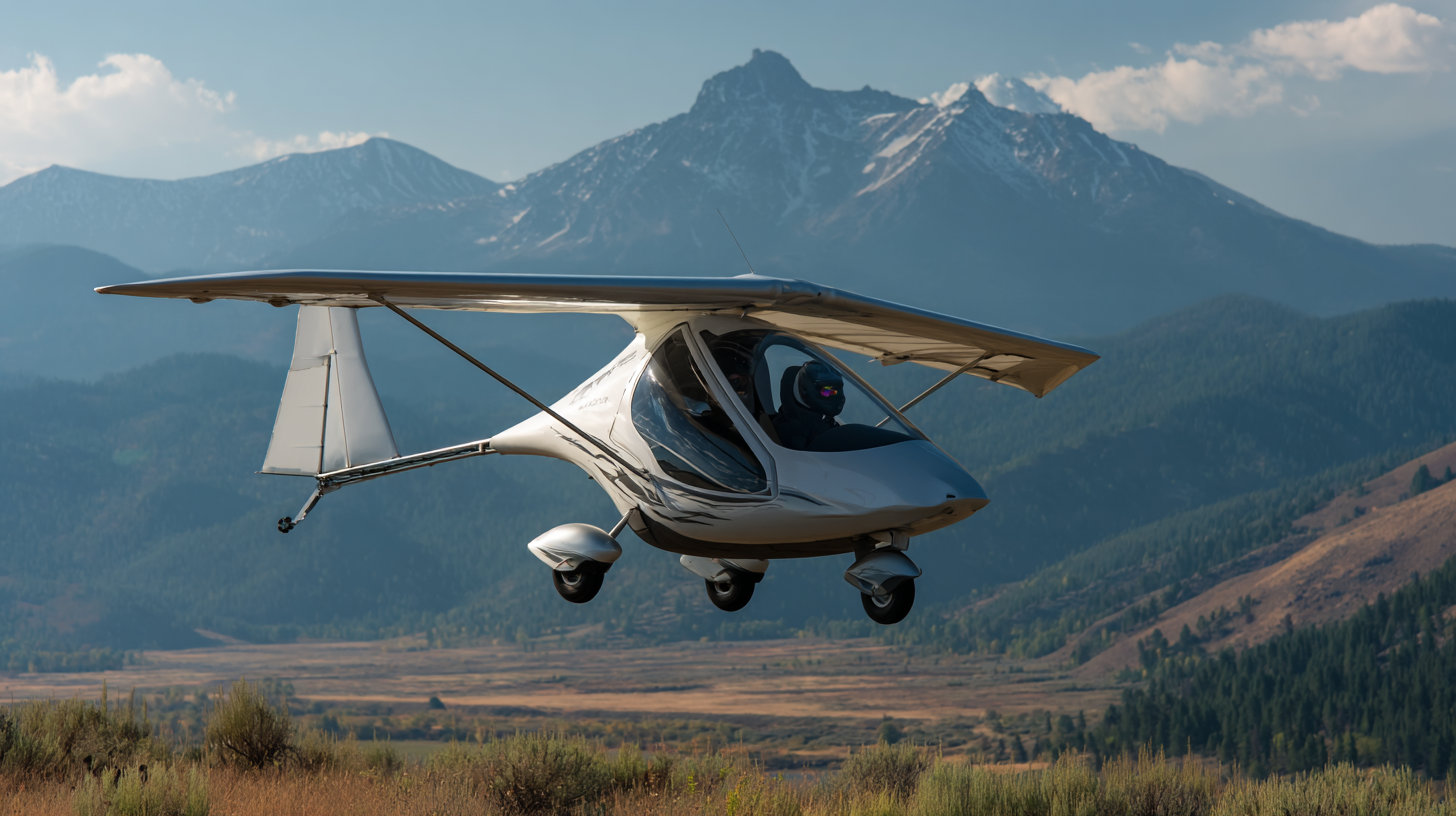
Moreover, the accessibility of kit aircraft often leads to lower overall operating costs. Many builders opt for more efficient designs and components, which can lead to reduced fuel consumption and maintenance requirements. Additionally, kit aircraft ownership fosters a sense of community among builders, who often share resources and tips, further minimizing expenses. This hands-on approach not only makes flying more accessible but also cultivates a deeper connection between the owner and their aircraft, ultimately redefining the aviation experience for DIY enthusiasts.
Safety Trends in Kit Aircraft: Analyzing Accident Rates and Improvement Strategies
The rise of kit aircraft has opened new avenues for aviation enthusiasts, but safety remains a critical concern. According to the Aircraft Owners and Pilots Association (AOPA), the accident rate for experimental aircraft, which includes many kit planes, stands at approximately 2.25 accidents per 100 flight hours. While this figure is concerning, it is important to note that the accident rate has shown a steady decline over the last decade, thanks in part to advancements in technology and pilot training. By implementing rigorous safety protocols and utilizing comprehensive checklists, builders and pilots can significantly reduce the risks associated with flying these DIY aircraft.
To enhance safety, aspiring kit aircraft builders and pilots should consider the following tips: Firstly, investing in quality training and familiarizing oneself with aircraft systems can prevent many operational errors. Secondly, conducting thorough pre-flight inspections and using modern avionics can aid in identifying potential issues before takeoff. Lastly, staying informed about safety trends and participating in builder workshops can foster a community of knowledge sharing, ultimately leading to improved safety standards within the kit aircraft sector. By adhering to these strategies, enthusiasts can enjoy the thrill of flight while prioritizing safety.
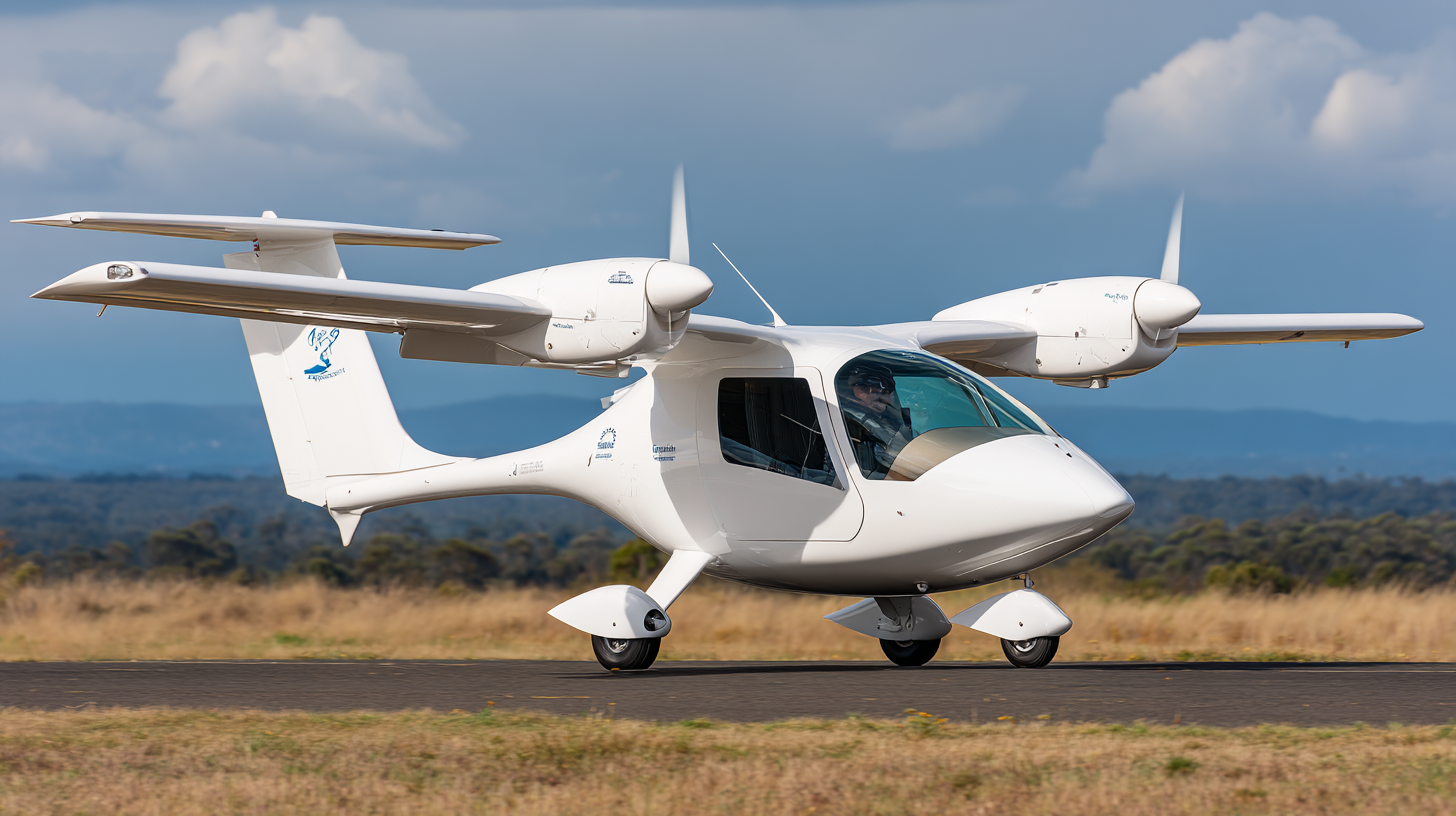
The Future of Kit Aircraft: Projections for Market Growth and Community Engagement
The future of kit aircraft is poised for significant growth, reflecting a broader shift toward DIY aviation among enthusiasts. With the global ultralight aircraft market projected to expand from $16.3 billion in 2025 to $27.3 billion by 2032, at a compound annual growth rate (CAGR) of 7.6%, the appeal of personal aircraft manufacturing continues to attract a diverse community of builders and pilots. This surge in interest is not just fueled by the desire for personal freedom in the skies but also by advancements in technology that make aircraft assembly more accessible and affordable.
Community engagement plays a pivotal role in this evolution. As more individuals become involved in the kit aircraft movement, knowledge sharing and collaboration among enthusiasts will enhance the development process. Local workshops, online forums, and aviation events provide platforms for builders to exchange ideas, troubleshoot challenges, and celebrate their achievements. This communal learning fosters a supportive environment where newcomers are encouraged to participate, ultimately driving the growth of the kit aircraft market and reinforcing the sense of belonging within the aviation community.
Exploring the Future of Aviation
Market Growth Projections for Kit Aircraft (2023-2030)
Related Posts
-
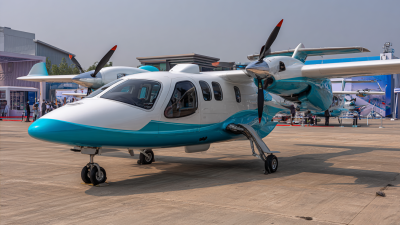
Fuel Injection Aircraft Innovations Showcased at the 138th Canton Fair 2025
-

Exploring the Future of Fuel System Aviation Innovations and Sustainability
-

5 Best Solutions for Exceptional Aircraft Service Efficiency
-
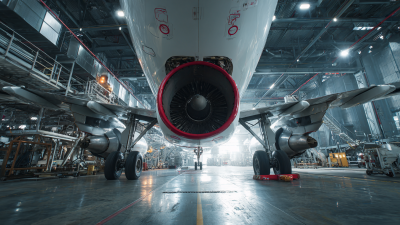
Understanding the Evolution of Aircraft Service: From Maintenance to Passenger Experience
-
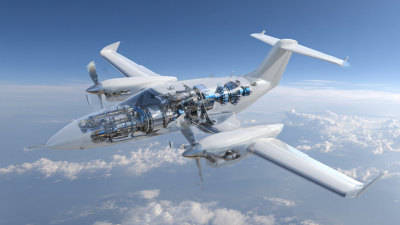
Revolutionizing Aviation with Advanced Fuel Injection Systems Enhancing Efficiency and Performance
-
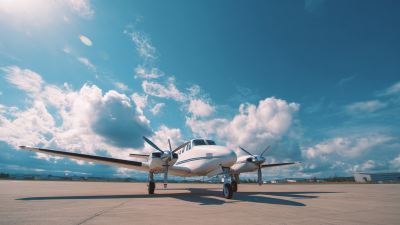
Exploring the Advantages of Using General Aviation Fuel for Your Aircraft Operations
